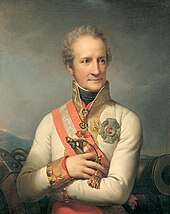Patrilineality, also known as the male line, the spear side or agnatic kinship, is a common kinship system in which an individual's family membership derives from and is recorded through their father's lineage. It generally involves the inheritance of property, rights, names, or titles by persons related through male kin. This is sometimes distinguished from cognate kinship, through the mother's lineage, also called the spindle side or the distaff side.

Franz Joseph II was the reigning Prince of Liechtenstein from 25 July 1938 until his death in November 1989.

Franz Joseph I, Prince of Liechtenstein, born Franz de Paula Josef Johann Nepomuk Andreas, was the Prince of Liechtenstein from 1772 until his death.

The House of Liechtenstein, from which the principality takes its name, is the family which reigns by hereditary right over the principality of Liechtenstein. Only dynastic members of the family are eligible to inherit the throne. The dynasty's membership, rights and responsibilities are defined by a law of the family, which is enforced by the reigning prince and may be altered by vote among the family's dynasts, but which may not be altered by the Government or Parliament of Liechtenstein.
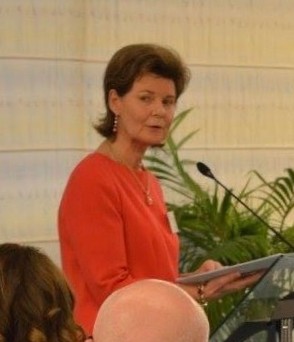
Princess Margaretha of Liechtenstein is the fourth child and second and youngest daughter of Grand Duke Jean of Luxembourg and Princess Joséphine-Charlotte of Belgium. As the sister of Grand Duke Henri of Luxembourg and the sister-in-law of Prince Hans-Adam II of Liechtenstein, she is a princess of two current realms and a member of the Luxembourg and Liechtenstein reigning dynasties.
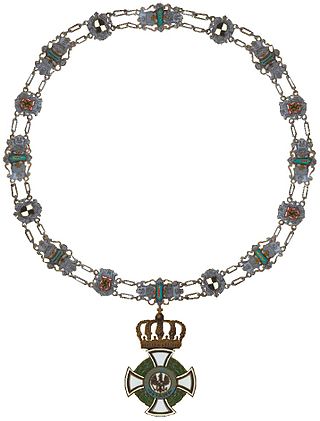
The House Order of Hohenzollern was a dynastic order of knighthood of the House of Hohenzollern awarded to military commissioned officers and civilians of comparable status. Associated with the various versions of the order were crosses and medals which could be awarded to lower-ranking soldiers and civilians.

The House of Hohenberg is an Austrian and Czech noble family that descends from Countess Sophie Chotek (1868–1914), who in 1900 married Archduke Francis Ferdinand of Austria-Este (1863–1914), the heir presumptive to the throne of the Austro-Hungarian Empire. As their marriage was a morganatic one, none of their children were in the line of succession to the Austro-Hungarian throne. Nevertheless, they represent the senior agnatic line of the House of Habsburg-Lorraine.

Prince Alois of Liechtenstein was the son of Prince Alfred of Liechtenstein (1842–1907) and Princess Henriette of Liechtenstein (1843–1931), daughter of Alois II of Liechtenstein.

Vaduz Cathedral, or Cathedral of St. Florin, is a neo-Gothic church in Vaduz, Liechtenstein, and the centre of the Archdiocese of Vaduz. Originally a parish church, it has held the status of cathedral since 1997.

Prince Alfred Louis of Liechtenstein was the son of Prince Franz de Paula of Liechtenstein (1802–1887) and Countess Julia Eudoxia Potocka-Piława (1818–1895), older brother of Prince Louis of Liechtenstein, and cousin and brother-in-law of Franz I of Liechtenstein.
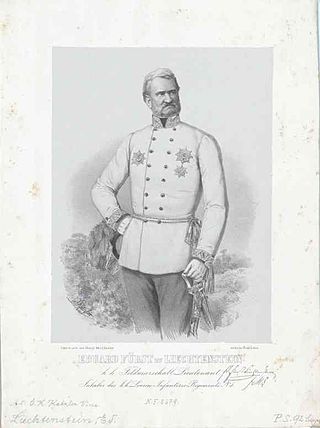
Prince Eduard Franz of Liechtenstein was a son of Johann I Joseph, Prince of Liechtenstein (1760–1836) and wife Landgravine Josepha of Fürstenberg-Weitra, nephew of Aloys I, brother of Aloys II and uncle of Johann II and Franz I.
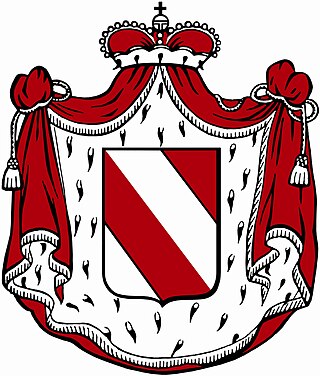
The House of Schönburg is an old European noble family of princely and historically sovereign rank. It formerly owned large properties in present-day Saxony, Thuringia and Bohemia. As a former ruling and mediatized family, it belongs to the Hochadel. The family today includes two princely and a comital branch.
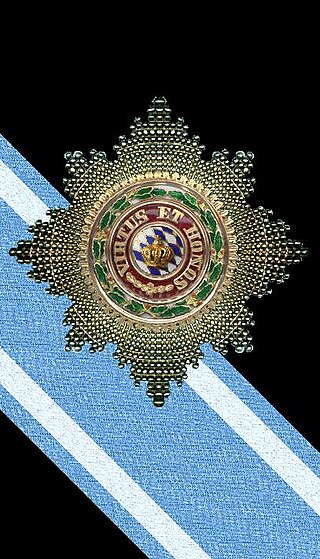
The Order of Merit of the Bavarian Crown was an order of merit of the Kingdom of Bavaria established by King Maximilian Joseph I on 19 March 1808. The motto of the order is Virtus et Honor.
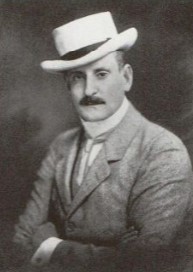
Prince Karl Aloys von Liechtenstein was Imperial and Royal Cavalry Master in Austria-Hungary until 1918 and then the Governor of Liechtenstein from 1918 to 1920.

Schottengymnasium is an independent Catholic gymnasium with public status in the First District of Vienna. The school was founded in 1807 by imperial decree, and is considered one of the most prestigious schools in Austria. Alumni of the school include three Nobel laureates, several notable politicians, monarchs, artists and scientists.
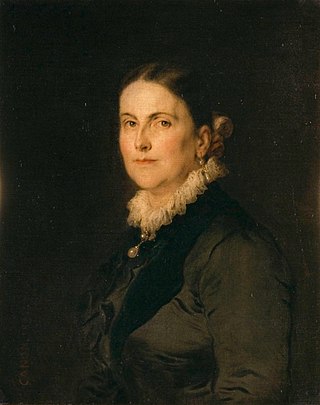
Princess Henriette of Liechtenstein was a Princess of Liechtenstein and member of the Princely House of Liechtenstein.
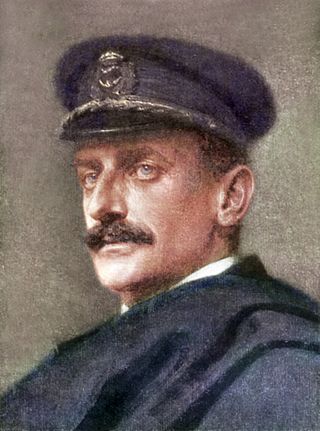
Prince Johannes of Liechtenstein, was an Austro-Hungarian noble and military leader.

